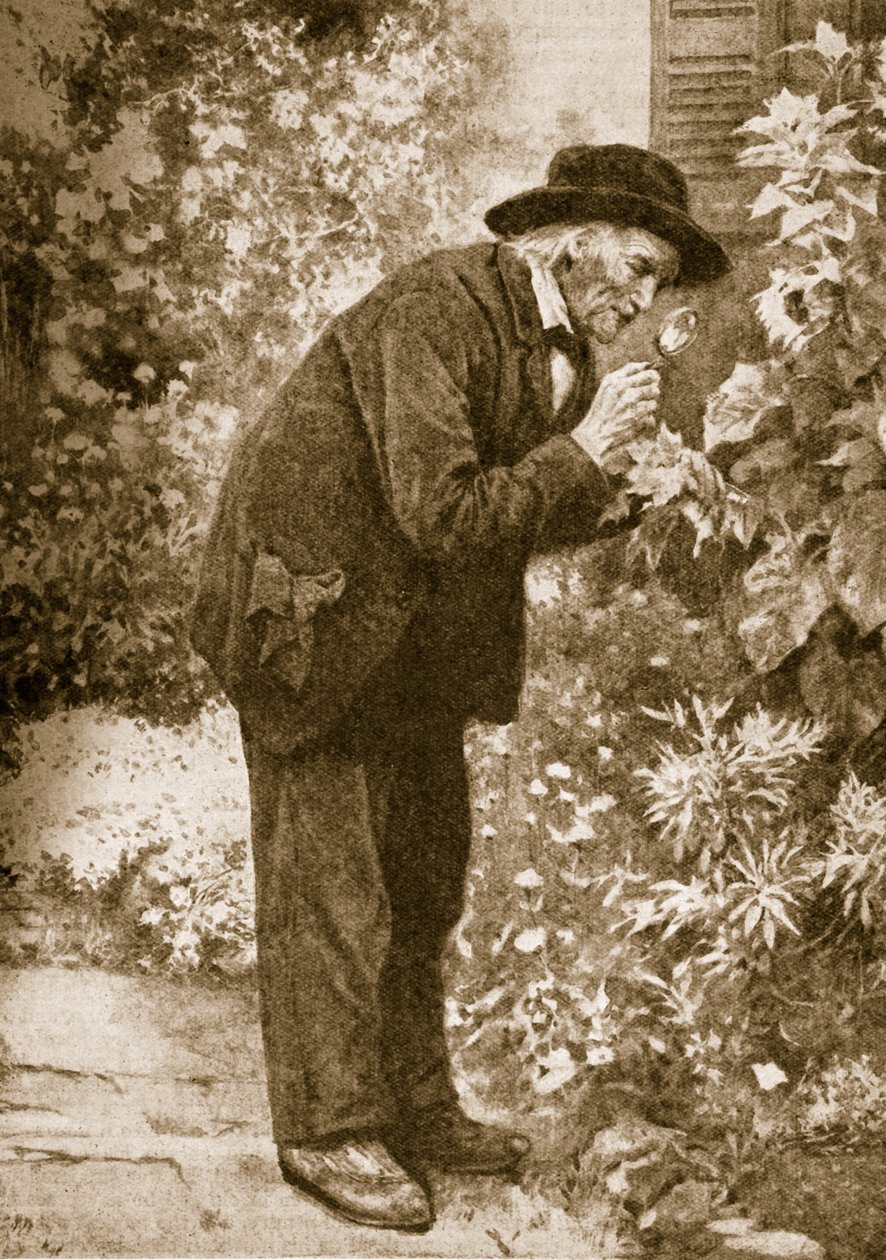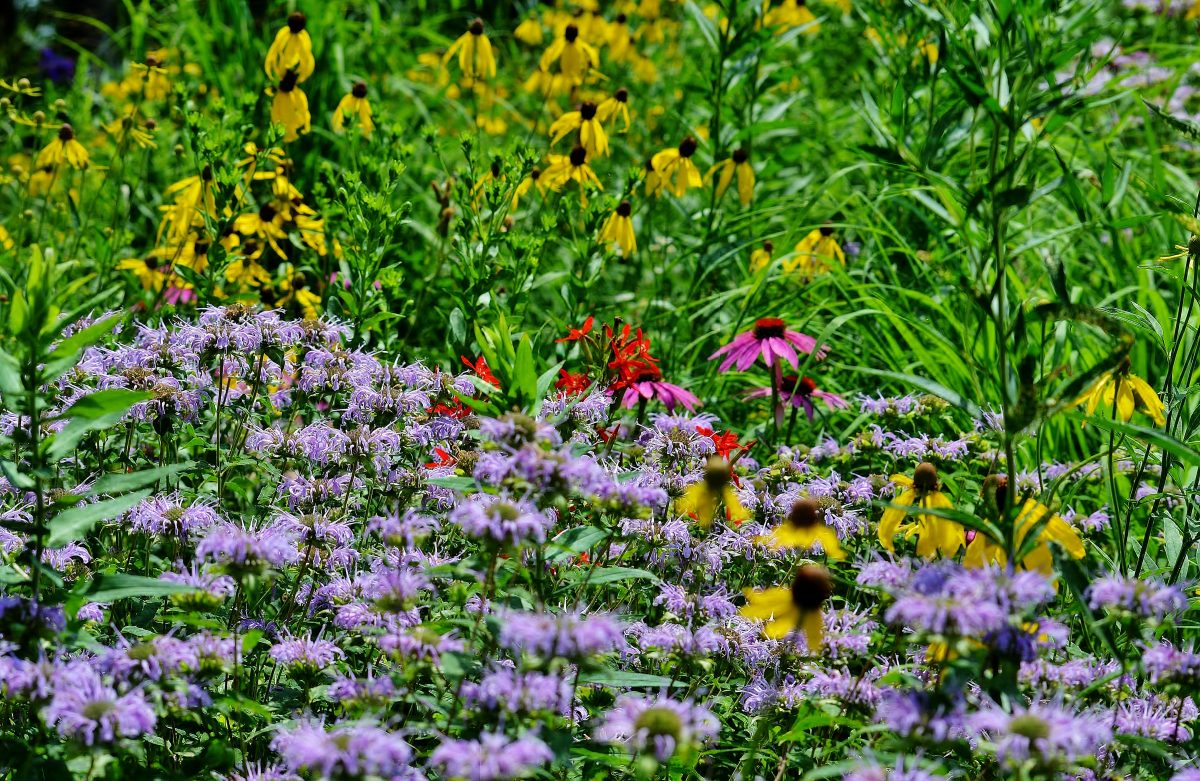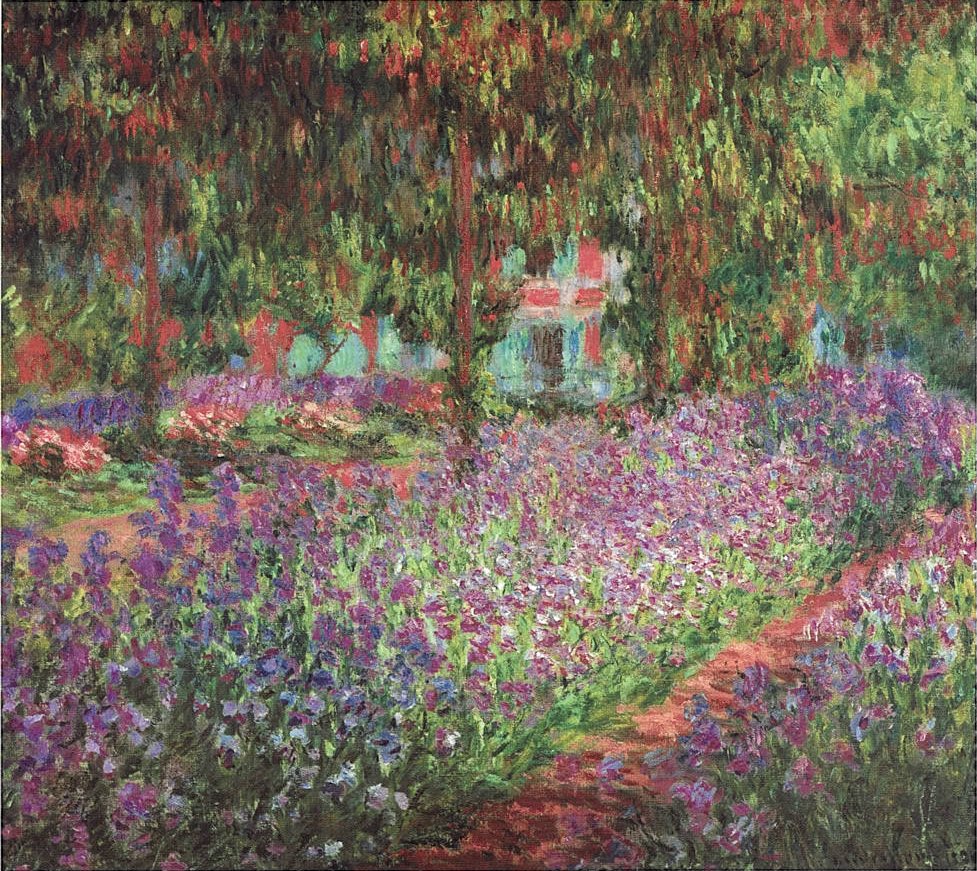Long before I became a gardener, my wife gave me an extraordinary book about an extraordinary scientist who also happened to be touched with the gift. No, not spirits or divination, but the ability to write so well that Victor Hugo called him “the insects’ Homer.” When I first started reading The Passionate Observer, I was more intrigued with the beautiful writing and the delicate, meticulous illustrations (by the extraordinary watercolorist Marlene McLaughlin), but slowly –ever so slowly– the insects and his wild, natural gardens crept into my Imagination. I’d return to the book again and again because it was beautiful, but found myself wanting to learn more about the harmas, the green grasshopper, and the pond, oh the beautiful pond. Ironically, I didn’t start this journey with Nature in mind. But fate, indifferent to our intentions or wishes, lured one ignorant fool into the subtle joys of observing not only the great and mighty, but also the smaller, secret, and equally glorious parts of Nature.


Together, Fabre and McLaughlin create a serene harmony of words and images about the stony ground and prickly thistles, about the hard and vigorous lives of a wasps and birds and beetles and bees; about the Cerceris arenaria and Centaura solstitialis, about the Jettigonia viridissima and the Lamellicornia. Fortunately, the translator uses terms familiar to us non-scientists: the wasps, bees, yellow thistle, Mason-bees, beetles galore, and –of course– the great green grasshopper. I do not speak Latin, and know only a few plants in the old tongue, but I find that the beautiful language adorning most of the illustrations adds elegance to my common knowledge. In this book, it doesn’t matter how many languages you understand because the real story is woven into the beauty of Nature, through both words and images.
I could describe the sun drenched, southern region of France and list all the fascinating creatures these two artists describe and illustrate, but a description of their passionate observations is like me staring at the light and fragile exoskeleton of a cicada (fascinating as it may be in the hollow palm of my hand) while a thousand cicadas sing the eternal song of summer all around us as the sun sets and the gloaming starts. I do want to persuade you to believe in Jean Henri Fabre and Marlene McLaughlin enough to acquire and cherish this amazing gift that will bring more joy than one reading can possibly provide, but he is he more likely to persuade you than me… because he is “the insects’ Homer.” Not me.
Please visit my podcast Door County Gardening (available on the home page or wherever you get your podcasts) and click episode 3 to hear my short reading from this wonderful book.
And I hope his beautiful prose inspires you to experience this wonderful book because it is more than reading or looking at insects and gardens. It is truly inspiring. If you’re worried it might not be accurate or scientific enough, know that Charles Darwin himself called Fabre “an incomparable observer.” So, it is certainly worth a click on Amazon; I just hope you’ll deem it worthy of something more valuable… your time
And come back next time when I review my first “real” gardening book, considered by many a classic of gardening literature. But I’ll warn you, it has become the gardening version of Don Quixote for me: the hardest quest I’ll never quit but might also never conquer. Sometimes, we just have to be a little mad to charge certain windmills, but it’s usually worth it… Until next time


